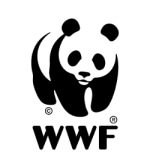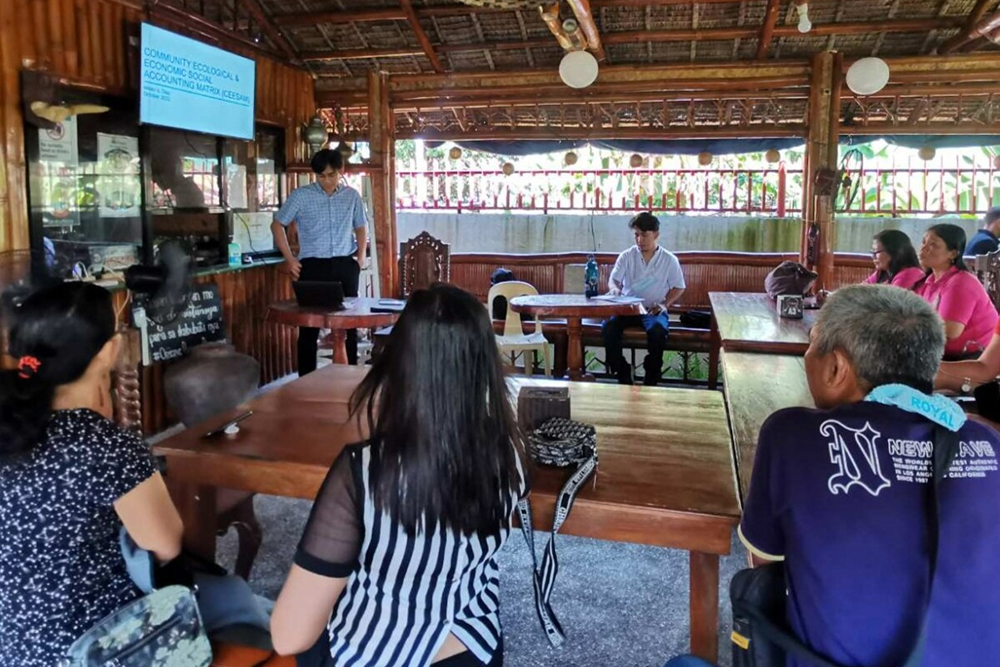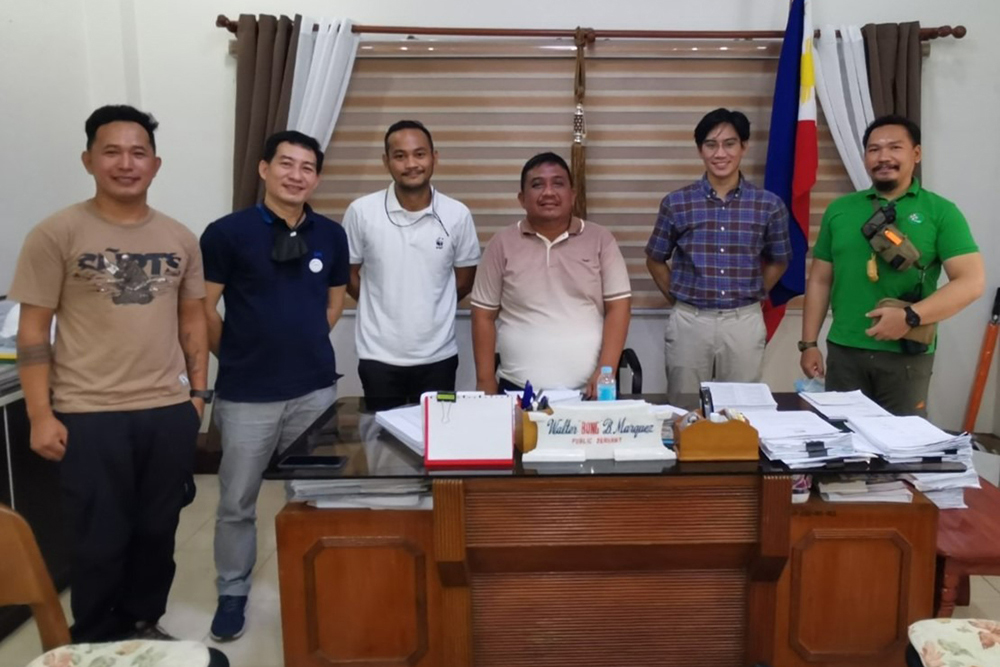To kickoff the implementation of WWF-Philippines’ Project Buhay: Tuna Habambuhay, Dagdag Hanapbuhay, the team began the conduct of a Comprehensive Ecological and Economic Social Accounting Matrix (CEESAM) analysis in three municipalities of Occidental Mindoro – Rizal, Sablayan and Mamburao. Project Buhay, a €1.5 million project funded by the European Union (EU) through their SWITCH-Asia Grants Programme, will run until January 2025. It aims to help tuna fishers earn more by improving catch quality, reducing post-harvest losses, and identifying alternative livelihoods through various community interventions. To better understand the impact of these interventions on the local economy and to identify other relevant solutions, there needs to be a characterization of the economic, ecological, and social performance of fisheries in Occidental Mindoro.
CEESAM is an economic tool derived from the Input-Output Matrix (IO) which records a snapshot of what the economy looks like at a certain period in time. From this data, a linear economic model will be created to assess the ripple effect of future investments, projects, or programs to other interlinking industries, like fishing, farming, livestock, manufacturing, etc., and households involved in these industries. Taking it a step further, Sixto K. Roxas, former Chairman of the National Economic Council (presently known as the National Economic and Development Authority or NEDA), extended this analysis to include ecological footprint calculations for each industry, giving birth to what CEESAM is today. Ecological footprint measures how fast we consume resources and generate waste compared to how fast nature can absorb our waste and regenerate. In summary, CEESAM not only measures the economic impact of interventions on industries and its social impact on households, but also its environmental impact.
Mikko Diaz, Project Buhay’s CEESAM Consultant, emphasizes the two (2) major contributions of the study to the project: baseline data and a development planning tool. The data gathered by the study would serve as the project’s baseline data before implementation of planned interventions. In 2025, this would be used to measure the impact of project activities and determine if they were effective. As a development planning tool, it can be used to determine how other industries will be affected if a project or program is implemented in a specific industry. This would especially be useful for justifying policies and aiding in industry planning.
Beyond 2025, after the completion of Project Buhay, the results of the CEESAM analysis can still be useful to the local government units (LGU) of Occidental Mindoro. The team and Diaz aim to turnover the forecasting tool to the LGU so they can continue updating the data, and use the analysis tool to determine industry gaps and potential impacts of proposed programs. The results of the CEESAM analysis will be available by June 2023.
This article was produced with the financial support of the European Union. Its contents are the sole responsibility of WWF-Philippines and do not necessarily reflect the views of the European Union.



